
views
- Many teachers and schools run assignments through AI detection software like TurnItIn, Gradescope, and OriginalityAI.
- AI detection tools are mostly accurate but often report false positives.
- To avoid getting caught, use ChatGPT for outlining instead of writing.
Can I get caught using ChatGPT?

Yes, you can get caught using ChatGPT for writing assignments. Your teacher or professor likely has one or more AI detection tools at their disposal, with options like TurnItIn, GPTZero, Gradescope, Copyleaks, and OriginalityAI being the most common. While online learning platforms like Canvas, Blackboard, and Moodle usually don't have ChatGPT detectors built in, instructors can easily paste or upload your discussion posts or essays into an AI detector (or use TurnItIn) to get a quick breakdown of how much of it was written by ChatGPT, Bard, or other AI chatbots. Even if your teacher doesn't have an AI or plagiarism detection tool, they may still be able to figure out if you used ChatGPT based on context clues.
How to Avoid Getting Caught
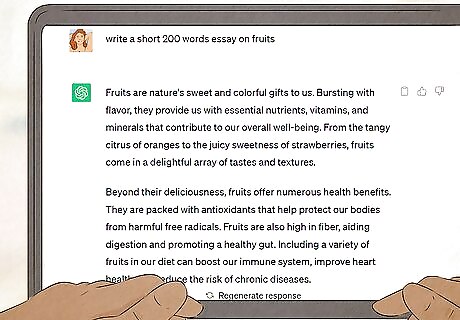
Don't have ChatGPT write your whole assignment. You can use ChatGPT to help you create the outline or explain a peer-reviewed article that you're using as a source, but don't let it do the writing. If you do have ChatGPT write your assignment, you run the risk of getting caught and potentially failing.
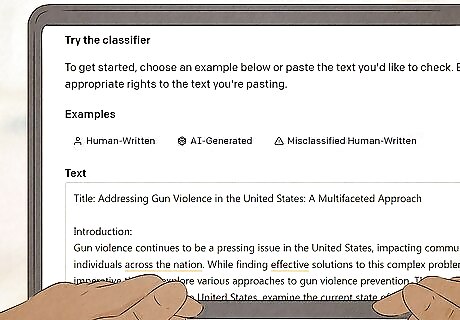
Check your work in an AI detection tool before turning it in. Though the free online ChatGPT detection tools may be different than what is used at your high school or college, they can help you fix the more obvious signs of ChatGPT use. OpenAI Text Classifier GPTZero WriterAI
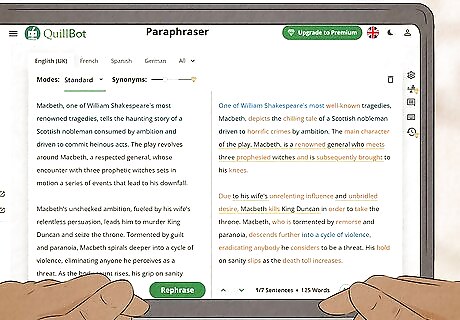
Try a paraphrasing tool (with caution). While you shouldn't risk using ChatGPT to write your whole assignment, some people will do it anyway. If you must use ChatGPT to write, there are many free tools that claim they can turn ChatGPT-written text into something undetectable by teachers and schools (like Quillbot, UndetectableAI, and GPTMinus1 ). However, some (but not all) AI detection tools can also catch paraphrased writing. If you try a paraphrase tool, test your assignment in an AI detection tool before turning it in.

Use GPT-4, not GPT-3.5. The free version of ChatGPT relies on the GPT-3.5 language model, which is easy to catch by most AI detectors. GPT-4, which is currently only available through ChatGPT Plus, is more difficult to detect. Still, many AI detectors can detect GPT-4, so using it to write your assignments isn't foolproof.

Rearrange words and rephrase ideas manually. If you're using ChatGPT to write your assignment, you might be able to evade AI detection software by swapping the order of words in your sentences. Because AI prediction tools work by determining how predictable the next word in each sentence is, you'll need to rephrase and rewrite as much as possible throughout the essay, not just a few words here and there. AI detectors look at many aspects of the finished piece, including the patterns ChatGPT uses to compose sentences and paragraphs. Changing just a few aspects of the essay is not enough to trick a good AI detector, but rewriting as much of it as you can might be.
What to Do If You're Falsely Accused

Tell your instructor about other writing tools you used. These days, many grammar-checking tools have built-in AI features that can rewrite your sentences. If you're using a tool like Grammarly, Quill, Ginger, Hemingway, or the test AI features of Google Docs, this may have caused your assignment to be flagged. Be honest and forthcoming about any non-ChatGPT tools you used, if any, to help alleviate the problem.

Show your teacher your notes, revisions, and other proof you have. If your teacher informs you that TurnItIn or a similar tool thinks your work was written by ChatGPT, you'll want to have your evidence ready. Your outline, rough drafts, and even the notes you wrote in the margin of your textbook may help prove your case.

Compare the assignment to your previous work. Show your teacher some of your previous assignments that are similar to your current assignment. If your writing hasn't changed, they should realize that the AI detector provided a false positive.

Share Google Docs and Microsoft Word changes. If you write your assignments in Google Docs, it will automatically keep track of each edit you make to the document. In Microsoft Word, you can enable Track Changes to keep track of your edits. If either of these features were enabled while you wrote your assignment, sharing the original document with your teacher will show them how many edits you made over time. This will prove that you made lots of tweaks rather than simply pasting in an essay and modifying a few words.

Tell your teacher what you've learned about the accuracy of AI tools. AI chatbots are new, but AI detection tools are even newer. Remember that your teachers are under a lot of pressure to put a stop to AI use in the classroom, and they are trying their best—be kind, and show them evidence. AI is still new, so they are working with the tools they think will work. They may not know about the accuracy problems with AI detection tools—especially since the most popular tools all claim they have 95% or better accuracy rates.
Do ChatGPT detection tools work?
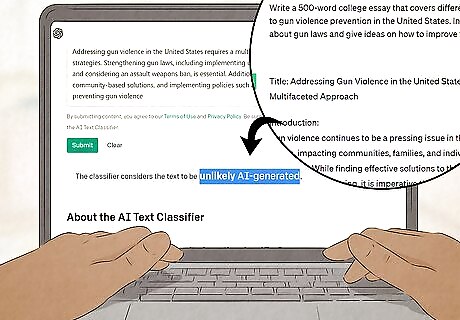
AI detection tools do a good job, but they aren't perfect. The most popular AI detection tools used at high schools and colleges (TurnItIn, GPTZero, and OriginalityAI) all boast accuracy rates of 95% or more in their own independent studies. Despite these claims, AI detection tools often falsely flag human-written text as AI-written. This means that there's a chance a detection tool will think ChatGPT wrote your essay, even if you wrote it yourself. Take these accuracy claims with a grain of salt, as the studies were done by the companies themselves. In reality, many students are falsely accused of using ChatGPT due to false positives from TurnItIn and other tools. Try it out: Find one of your recent assignments (one you really wrote) that's at least 150 words long, then paste it into the AI Text Classifier by Open AI. Try the same experiment with something written by ChatGPT, Bard, or Bing Chat. Try it with some online articles, too—especially those written before ChatGPT was released. How accurate is the tool?
What causes false positives?
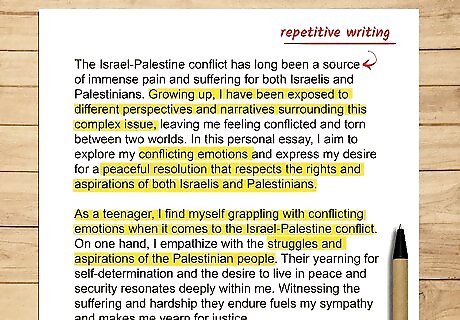
Repetitive writing. Even if you didn't get any help from ChatGPT, your teacher's AI detection tool may falsely identify your writing as AI-written if you repeat the same words and concepts too often.

Having multiple lists with the same number of items. For example, in the sentence "The best colors are blue, green, and red," there are three items in the list. If your essay consists of many sentences that all have three-item lists, it may trigger the AI detection alarm.

Content that is paraphrased without adding new ideas. While ChatGPT can produce a great-looking essay, it often paraphrases itself without introducing new concepts. If you read through an entire ChatGPT essay, you may feel like you've read something well-written but didn't actually learn anything. AI detection tools look for these paraphrasing nuances and report them as bot-written.
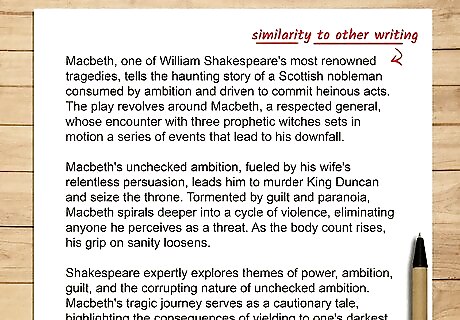
Similarity to other writing and patterns. If an AI or plagiarism detector finds that your assignment is too similar to another piece of writing (whether it's from one of your classmates or from the web), it may be flagged as AI. The detection tool may even flag something for choosing words in an order that's too predictable, as ChatGPT and other chatbots work by predicting their next words based on a sequence.


















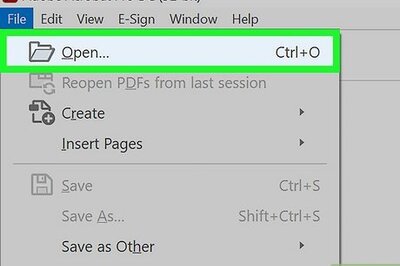
Comments
0 comment